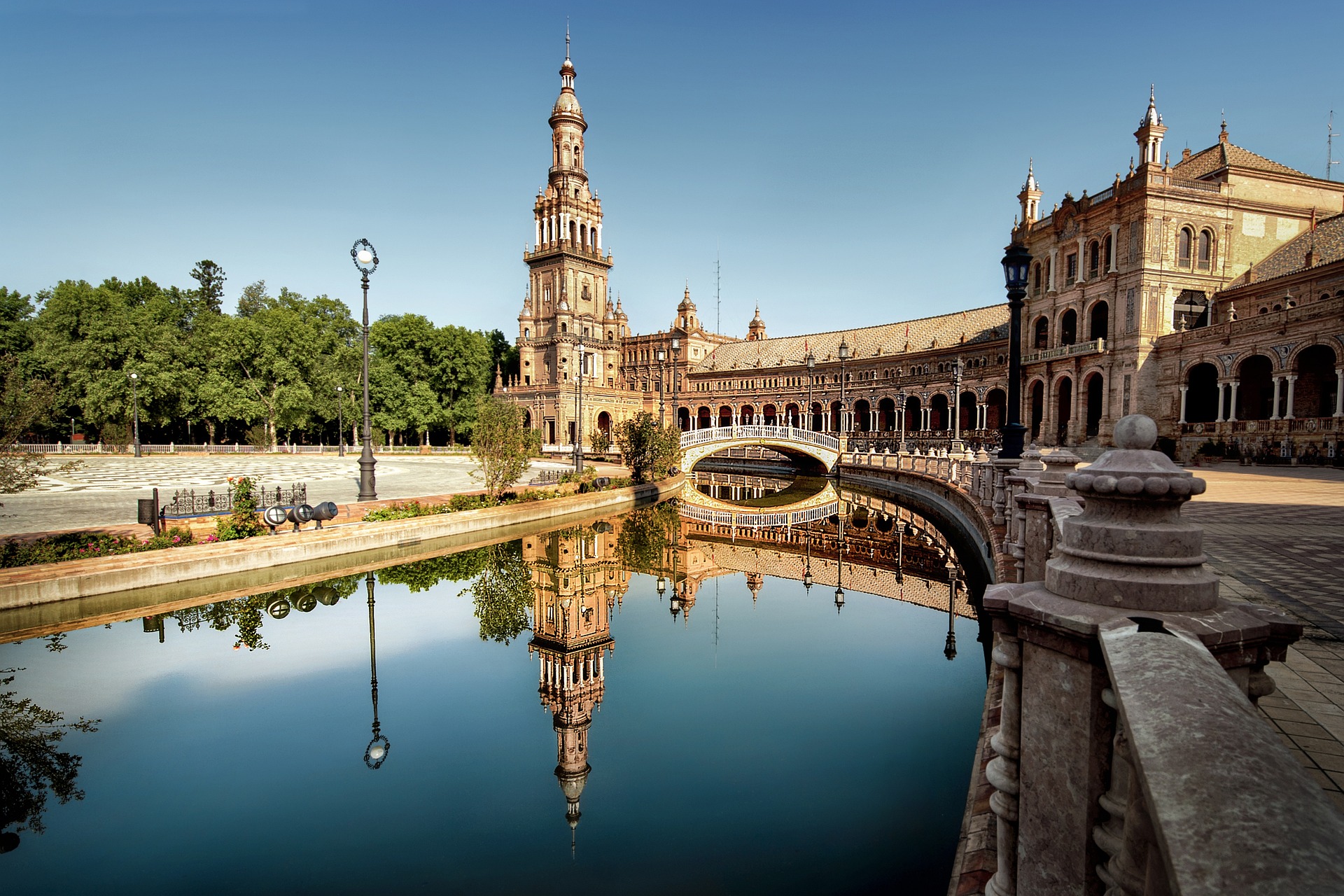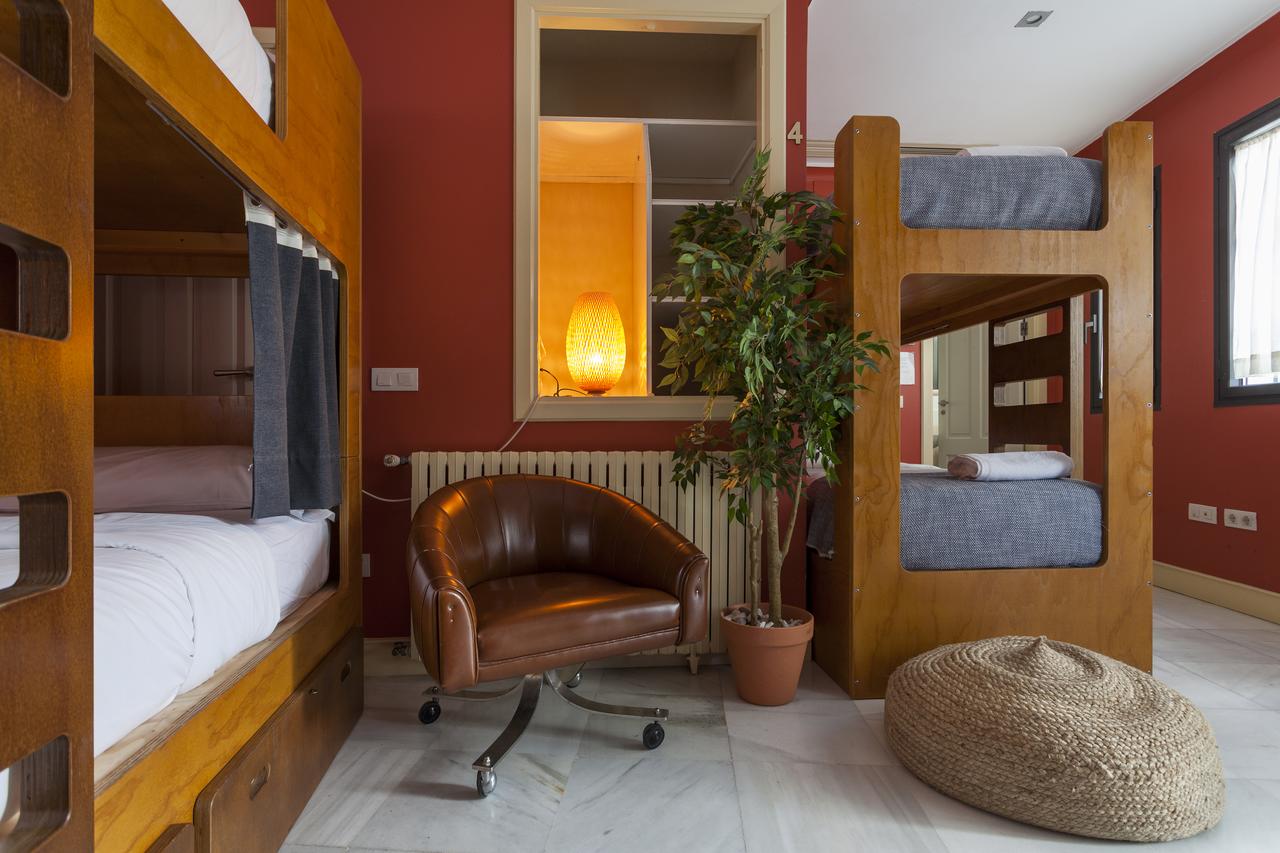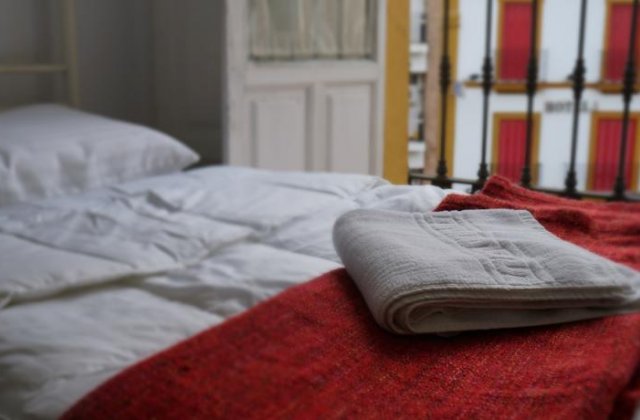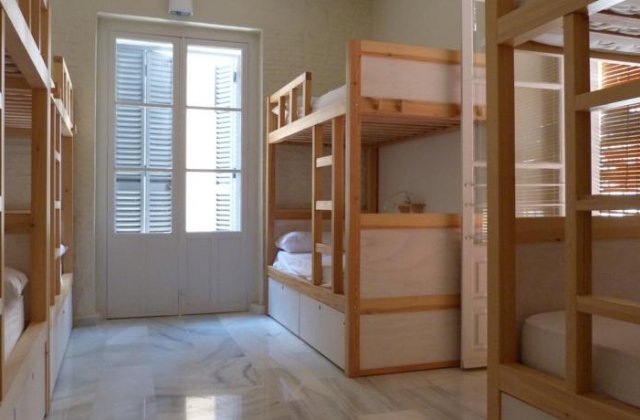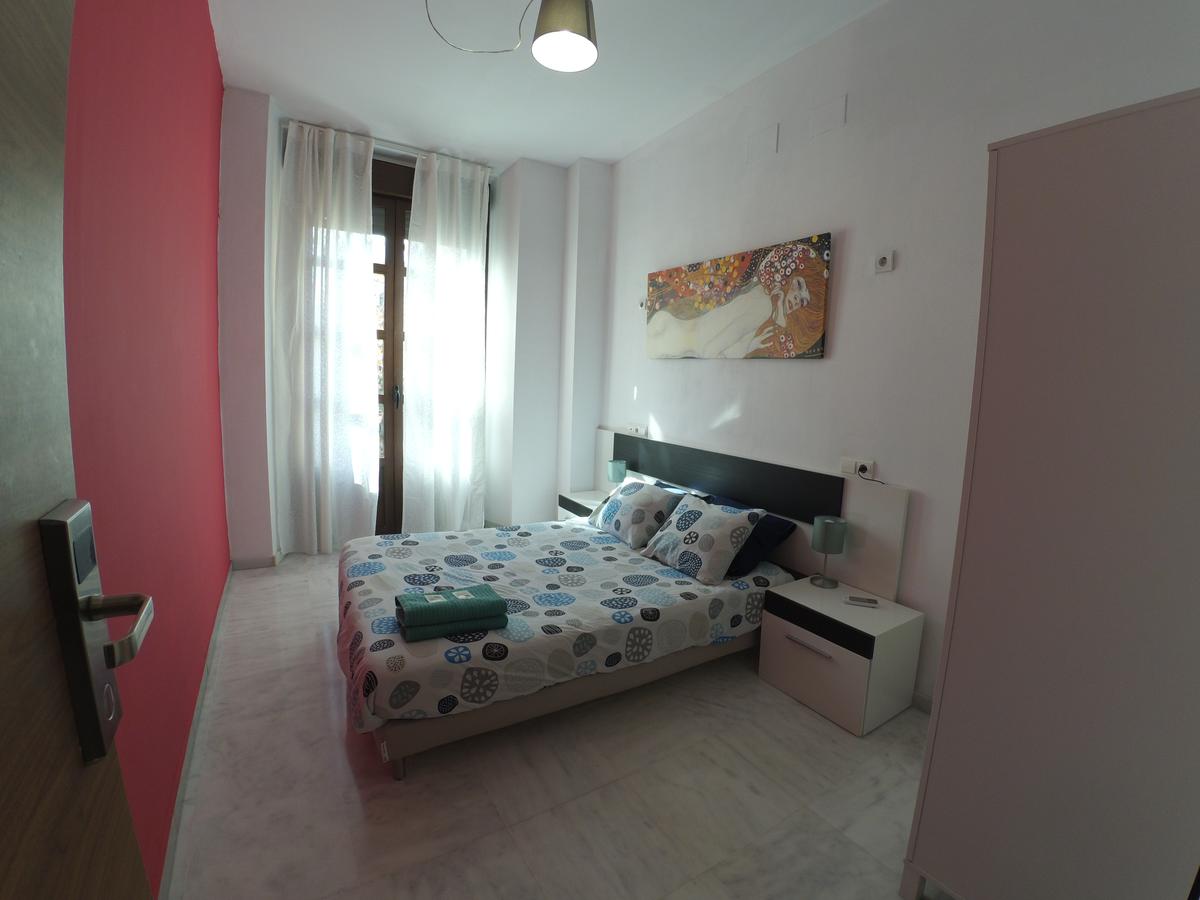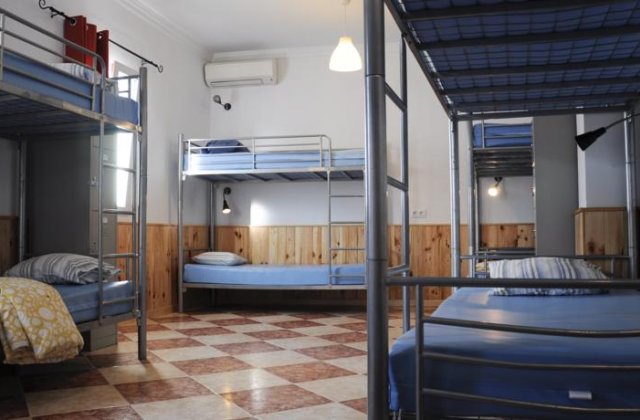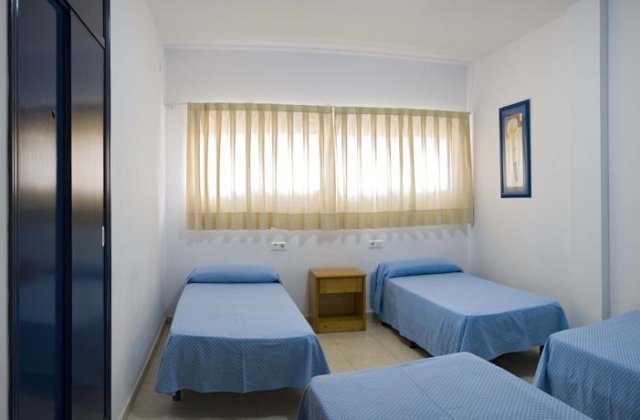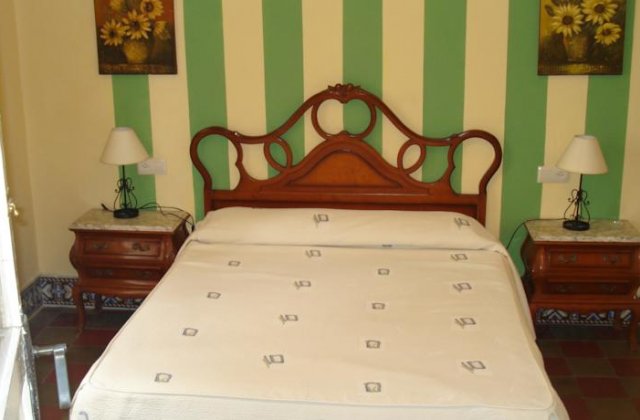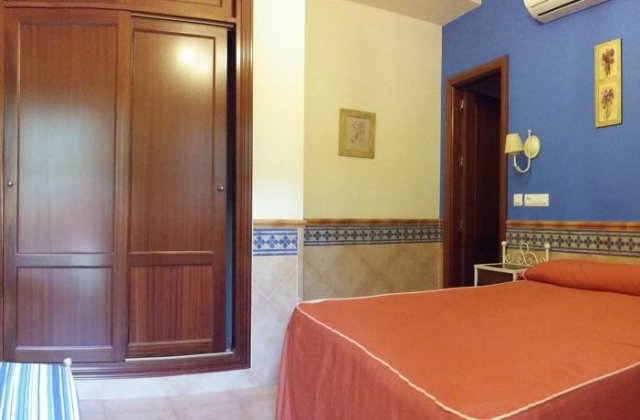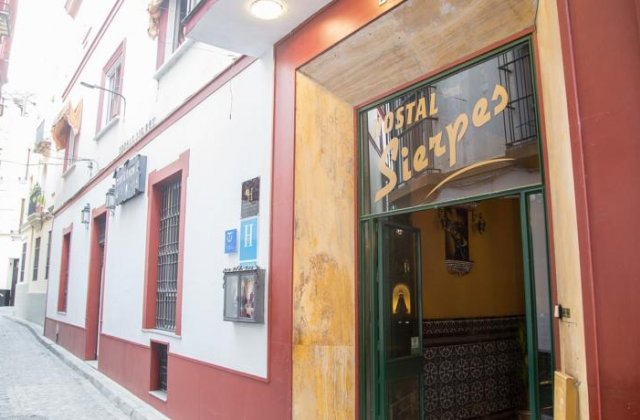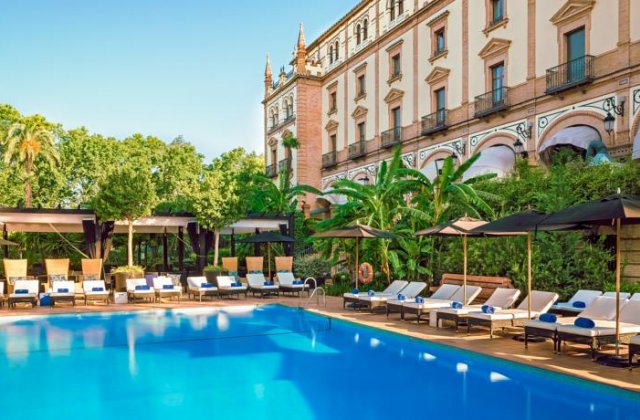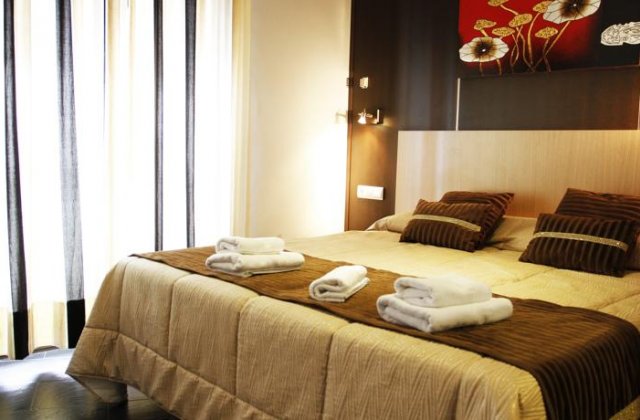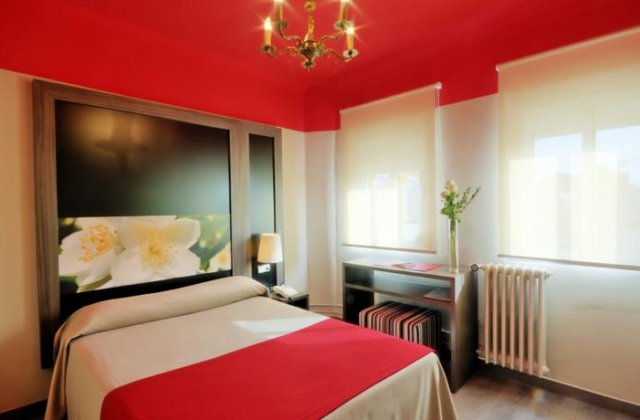Sevilla is a capital city whose laidback culture and seductive dance are quick to charm visitors. Give yourself an extra day of sightseeing here, or two, and get lost. Although it is the 4th largest city in Spain you will find that the Old Town is manageable on foot.
Within the tangle of streets are three UNESCO world heritage sites, including the largest Gothic church (the Cathedral), its oversized bell tower is known as La Giralda and it is a remnant of the original mosque that was torn down to make way for a Cathedral “so beautiful and so grand that those who see it finished will take us for mad.” Such a massive building makes for a good starting point for touring the city.
Apart from the Cathedral, the other not-to-be-missed architectural gem is the CAlcázar. A mix of Mudejar and Gothic styles, the palace complex was built by the Moorish dynasty but repurposed by King Pedro I.
Other landmarks of note include: the Metropol Parasol (known as the ‘mushroom of the incarnation’ and the largest wooden structure in the world), the Plaza de España (the single most photographed plaza in Andalucia) with the Parque de María Luisa adjacent, and the Torre del Oro (The Tower of Gold, built by the Almohad Caliphate in the 13th century as used as a prison and an anchor point for a chain which was strung across the river for defense).
If museums are your thing, or if you are simply trying to beat the heat, head to the Museo de Bellas Artes de Sevilla. It houses art and artifacts from the ecclesiastical properties that were shuttered by a 1835 Royal Decree. The Convento de Santa Paula and the Museo del Baile Flamenco are also good options.
The Vía de la Plata follows closely the Roman road and along the way you will have the opportunity to visit several well-preserved sites; however many have been moved off-site for preservation in the Museo Arqueológico de Sevilla.
If you don’t have one already, you can pick up a credential in several locations around Sevilla (tip: get two, the walk is long and the stamps are a great way to keep track of the journey). The Cathedral Parochial Office has them, as do several of the backpacker hostels (including Triana Backpackers). Also on the Triana side of the river are the offices of the Amigos del Camino de Santiago en Sevilla, where you can also ask about conditions of the path outside of Sevilla (important to know during the rainy season).
Notice: PERSONAL SAFETY: There is a fine line between issuing a fear-inducing warning and a casual mention of potential danger, and when it comes to the section of road on the outskirts of Sevilla something in between those two is necessary. There are a few places where the surroundings are quite run-down and although there have been no recent reports of trouble you are none-the-less likely to feel a bit anxious; keep your eyes open, keep to the arrows, and walk with a fellow pilgrim if you feel you need to... there is no need to walk in fear.
Fiesta: In a major city the size of Sevilla you can always expect there to be a celebration of something going on, but the largest and most iconic one is the week of Semana Santa leading up to Easter. Reserve a room early.
History: Despite its inland location, the big river hear has allowed the city to play an important role in the Spanish Empire’s global expansion. Christopher Columbus is resting here (in the Cathedral), and Ferdinand Magellan’s voyage around the earth began here too.
Sevilla’s slogan of ‘No me ha dejado’ (she has not abandoned me) is represented by the symbols NO8DO and you will find it flying overhead and emblazoned underfoot. The saying comes from King Alfonso X (the wise) who was supported by the Sevillanos during the civil war between Alfonso and his son Sancho. The 8 is not an 8, but rather it represents a skein of wool, known as a madeja.
The Road: CAMINO MARKERS: Be aware that there is no single official designation of the camino trail. Between Sevilla and Santiago, the camino is maintained by a number of local and regional governments, as well as by several ‘Amigo’ associations. Along the way, you will find yellow arrows, ceramic shell tiles (whose orientation may or may not be significant), bronze plaques embedded in the sidewalk, post-mounted street signs, striped trail markings, and privately made and installed signs. Seldom though will you find more than two of these in any given area and before long you will develop a sense of what to look for. When you cross from region to region, or when you enter a large city, be on the lookout for something new.
The markings of the camino in Andalucia come in the form of hand-painted yellow arrows, blue and yellow stickers, and ceramic tiles bearing a shell. In the case of the shell, the tile is oriented in such a way that you should walk in the direction of the ‘hinge’, which is to say towards the point where all of the lines converge. Note that this is not always the case in other parts of Spain, but the Amigos in Sevilla have done a good job of installing them as such. The camino begins at the Cathedral and makes its way to the Río Guadalquivir to cross at the Puente de Isabel II. This is the first bridge north of the Plaza de Toros. Once over the bridge, you have entered the barrio of Triana.

